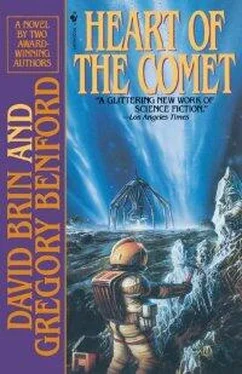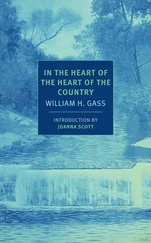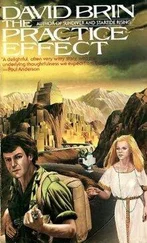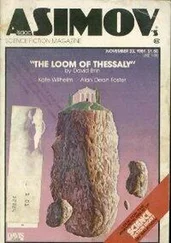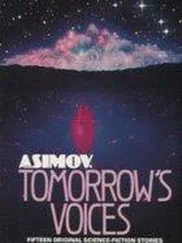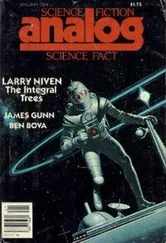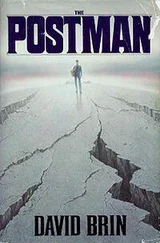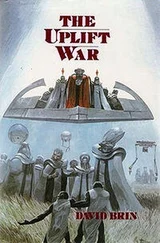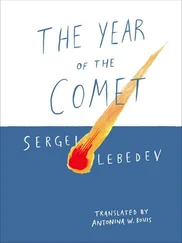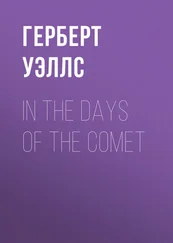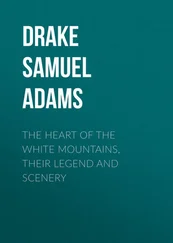He pressed a trigger and the cytology instrument took over following the tiny microbe, automatically tracking it wherever it swam within its little universe.
The creature was a pulsing mass of tiny, rainbowed cilia that rippled faster than the eye could follow. But Saul knew the thing anyway, to its smallest part. He could imagine every mottled, microscopic component down past where the instrument could not go—to the level of acids and bases, of sugars and finely balanced lipid barriers.
It darted to and fro amid the thousands of other rough, rippling cells, seeking what it needed to survive.
Not unlike us, Saul thought. Only our search has brought us humans half a billion miles from home.
He rubbed his eyes and bent forward in a habit from long-ago days, when one still occasionally peered through cold glass lenses instead of letting the machines do all the hard work. Relax, Saul told himself. There’s no need to crane over the screen.
Even here, in Edmund’s slowly spinning gravity wheel, there wasn’t enough of a pull to fight against. One had to keep loose, or expend enormous energy just to stay still.
Only half of the screens and holo displays in the biology unit brimmed with light. In a dozen other dark faces Saul’s own pale image was reflected… thick eyebrows above a generous nose, and lines that most people, on meeting him, guessed came of a lifetime spent smiling.
Only those who knew Saul well—and they were few these days—understood the true source of those craggy indentations: a stoicism that warded off the pain of many, many losses.
The creases stood out now as Saul’s blue eyes narrowed it concentration. Delicately touching a hand controller, he brought a hollow sliver of metal down into the little ball of salty water on the microscope slide. On the main holo screen the image of the tiny needle seemed to loom like a javelin as computers guided it toward the chosen test subject.
“Come on, meshugga,” Saul muttered as the microbe tried to dart away. “Hold still for Papa.”
The cyanute was less than fifty microns across, so small and innocuous that its ancestors had lived peacefully in human bodies for millions of years of quiet symbiosis, until they were discovered only a generation or so ago. For Saul the little creature contained as many wonders as the huge comet commanding such attention outside.
The main vision wall of the lab had been left tuned to a view of Halley, not as the comet looked now—a slowly ebbing cloud of banked fluorescence surrounding a six-mile chunk of dingy snow—but as it had been only months before, in all its brief glory, streaking past the sun at half the Earth’s orbital distance, its ion tail flapping in the protonic breeze.
They were well matched in beauty—the titanic, cosmic messenger that was to be their home for most of a century and the microscopic wonder that had made the sojourn possible. Still, it was no surprise that, of the two, Saul concentrated on the tiny living thing drifting in the little glob of water.
After all, he had made it.
Sh’ma Yisrael… he reminded himself. There is but one God—even though he should place his tools in our hands—tools to shape life and forge worlds. He is only stepping back to see what we will do with them.
In Saul’s line of work he found it wise to remember that, from time to time.
When the needle had approached to within a cell’s width of the subject, Saul spoke a word and triggered the test sequence. A small, indistinct puff disturbed the water near the needle’s tip, where tiny traces of hydrogen cyanide solution spurted forth.
No more than a scattering of molecules was involved, yet the tiny organism reacted nearly instantly. Its cilia erupted in a sudden spasm of activity and the creature sprang forward…
Forward, toward the needle. It engulfed the tip, throbbing with seeming eagerness.
So far, so good. Saul would have been surprised if it had behaved differently. The cyanutes had been thoroughly tested on Earth before the mission to Halley’s Comet was approved. No factor was more important to the success and health of 410 brave men and women than these little creatures.
Confident he was. But life—even specially gene-tailored life—had a way of changing when you least expected it. The survival of all those people depended on the tiny “nutes” working as planned. He had led the team that designed them, and he did not intend to allow any failures. There were more than enough ghosts already in his life. Miriam, the children, the land and people of his youth… and, of course, Simon Percell.
Poor Simon. All too well he recalled how one mistake had ruined his friend’s life and nearly everything he had worked to accomplish. Keep reminding me, Simon. Keep reminding me of the dangers of playing God.
All the HCN was gone now, according to the displays, sucked up by the eager organism. Saul nodded in satisfaction. Every human being on this mission had millions of cyanutes living in his or her bloodstream and in the little alveoli air sacs that made up their lungs. This sample, taken at random from one of the crew, had just demonstrated that it would do its main job—sop up any trace of deadly, dissolved cyanide gas before the stuff could get near its host’s red corpuscles. Another puff of dissolved gas proved its ability to gobble carbon monoxide before that chemical could bind to human hemoglobin.
Saul touched off the next stage in the test. Minute traces of a new compound swirled into the saline bubble. This time the little microbe on the screen quickly withdrew from the needle, curling almost as if it had been stung. Cyanide and CO were fresh grazing to this creature, but human tissue factors appeared to be a definite no-no.
Again, good news. The second test showed that the cyanute was totally disinclined to look on human cells as meat.
So much for the basics. There were countless other things to check. Saul mentally ran down a list as he triggered the sequencer to begin the automatic phase of the test program.
… Self-limiting reproduction, benign acceptance by the human immune system, pH sensitivity, a voracious appetite for other potential cometary toxins…
It wasn’t so much a catalog of attributes as a litany of challenges met and conquered. Saul couldn’t help feeling proud of his small team back on Earth, which had had to overcome prejudice, bureaucracy, and undisguised superstition to do this work. In the end, though, they had created a wonder-a new human symbiont.
Cyanutes would be a permanent, benign part of every man and woman on the crew for the rest of their lives… and perhaps, he dared imagine, a part of the human animal from now on, like the intestinal flora that had always helped him digest his food and the mitochondria within his cells that burned sugars for him, converting them into usable energy.
“Who can compare with thee, oh Lord…” he whispered wryly, teasing himself for his ineradicable corner of hubris. Saul had long ago concluded that he and God would have to be patient with each other. Perhaps the universe was not conveniently set up for either of them.
He watched the test results unfold on the screen—all nominal, nearly perfect—until a soft squeak announced the opening of the bio-lab portal behind him.
“So! We are poking away at our pets again, Saul? You just cannot leave them alone?”
He didn’t have to look up to know the voice of Akio Matsudo. “Hello ’Kio.” He waved without turning around. “Just double-checking. And everything looks fine, thanks. Aren’t they lovely critters?”
He smiled as the spry, tall Japanese physician came alongside and made a sour look. The chief of Mission Life Sciences had never disguised his opinion of Saul’s “critters.” They were necessary—utterly vital to the success of their seventy-eight-year voyage. But poor Akio had never come to see their more aesthetic side.
Читать дальше
